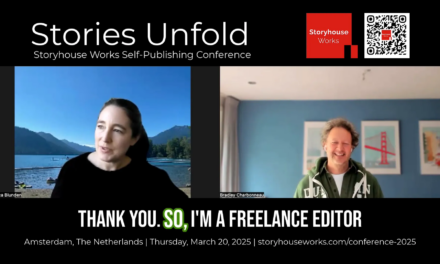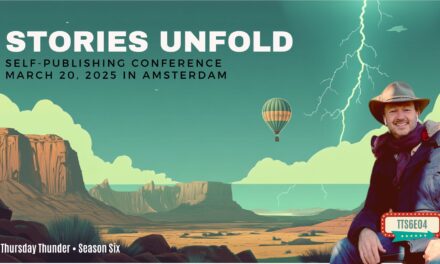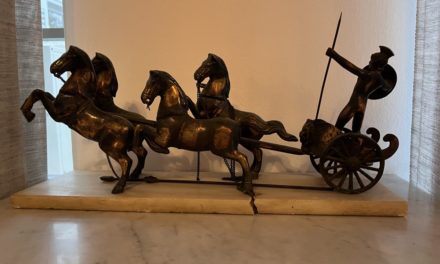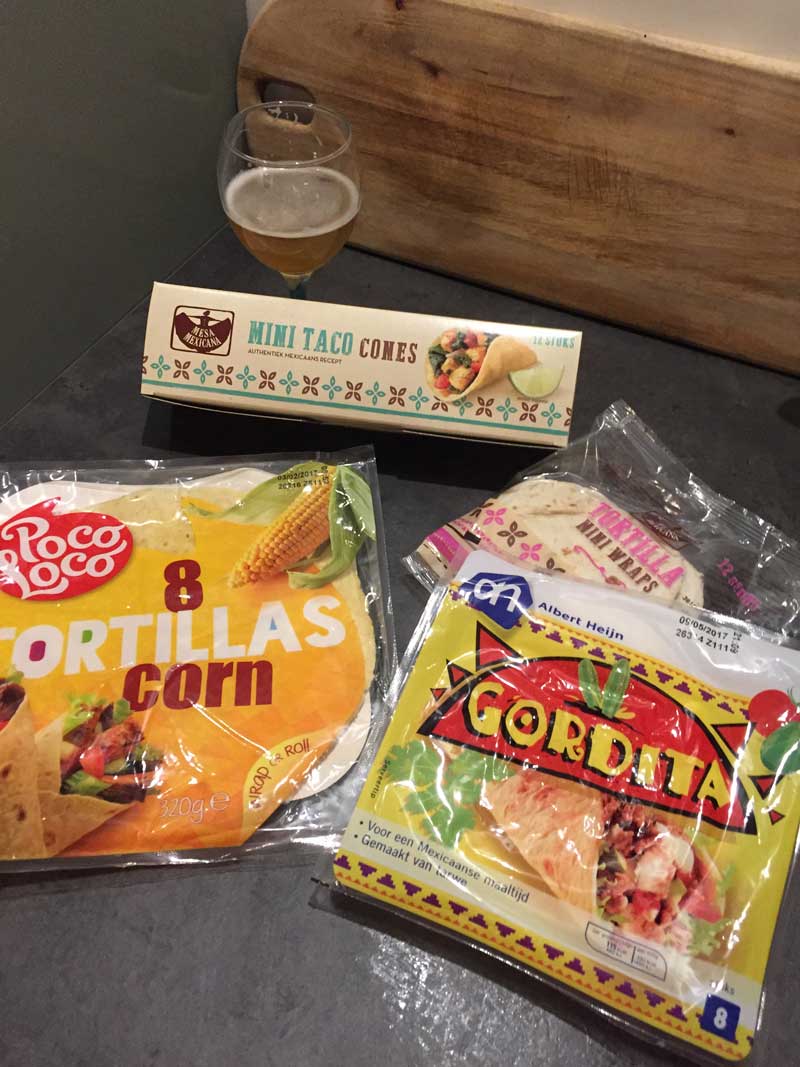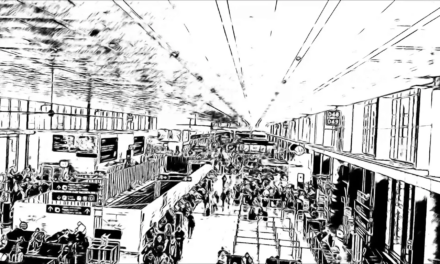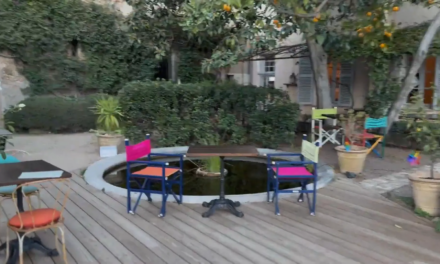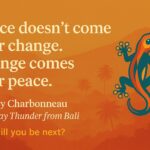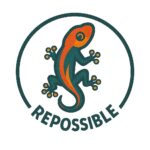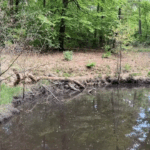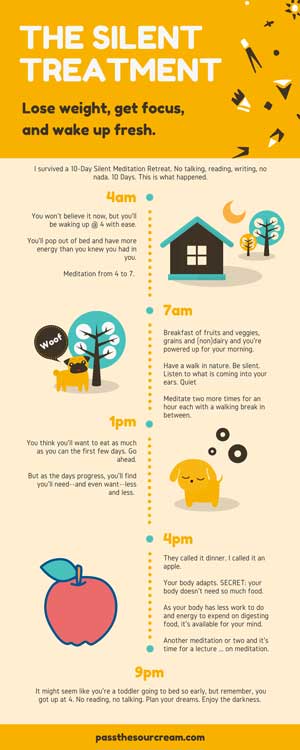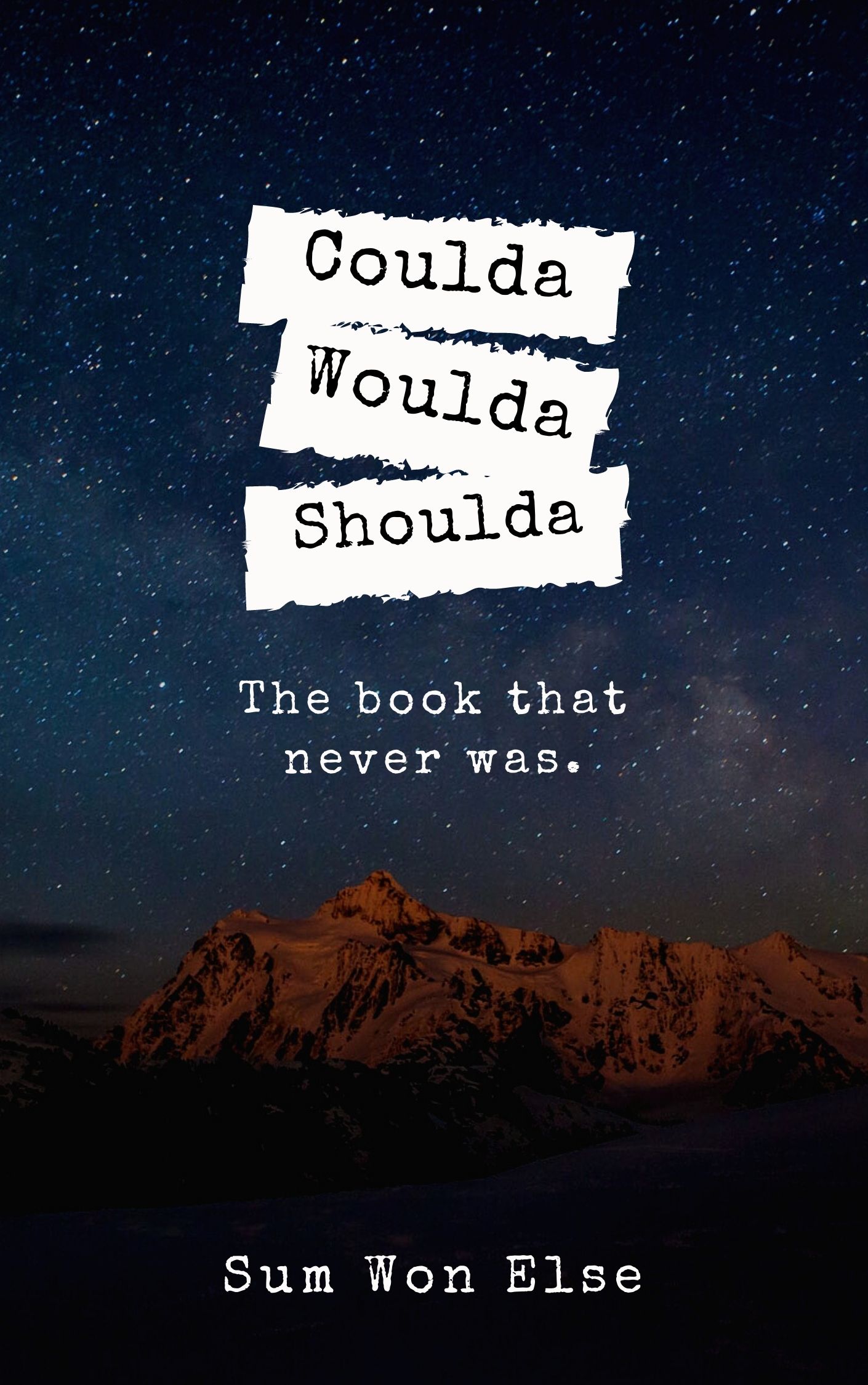
The big decisions will help guide the smaller decisions

- I’m pretty sure I just made the world a better place (and it only cost me $4).
- What am I not stepping into and why?
- “Someday” and “never” have the same numerical value in that they both equal zero … and other highlights from “Decide.”
- Decisions: The School Uniform and Releasing Trapped Energy
- The big decisions will help guide the smaller decisions
- That thing you think is going to happen might not happen.
- When you change your mind, you change your mind
- The tiny little secret of the tipping point
- Relief
- When are decisions triggered in the subconscious minds of children?
- Give a Voice to Your Truth and a Truth to Your Voice
- What if you just don’t have the capacity to decide? What if you don’t have a prefrontal cortex? What if you’re, like, a teenager.
- “Wait, I take that back.” Are our decisions reversible?
- Dictatorship or democracy? Which is better for decision-making?
- In a back alley brawl, “Decide” is going to win out over “Hope.”
- Decisions Beget Decisions
- What if the “primary” decisions became the “secondary” decisions?
- Simple but not easy
- Not Simple and Not Easy
- I can’t, uh, decide! Which cover for the “Decide” book!?
- If you build it, they will come. What if you decide? Will they come, too?
- My idea of a good time
- Decision-making, belief, and behavioral biases
- See, Feel, Know | Mind, Heart, Gut
They will guide us, steer us, and drive us.
Throughout this book, we’ve hopefully hammered home how important the smaller decisions are. Make lots of little decisions on a regular basis (pretty much all the time) and the bigger ones will be easier, more clear, and even light and fun.
But what about those big ones?
The career change, the move cities or countries, the have kids or not? They exist, we can can’t deny them. Those decisions have to be made at some point. Yes, it’s true, they are easier as the smaller ones are made.
I hope it hasn’t felt as if I’ve been hiding the big ones and in anticipation, it’s been a worry along the way when we’re going to be dealing with them. In other words, sure, you’re running around the block every day, but when are you really going to tackle the marathon?
Let’s let the cat out of the bag: we need to make the big decisions, too.
Here’s the exciting news: when you make the big ones, the smaller ones become even easier. Yes, we’ve discussed how easy the small ones can be, but when you make the big ones, the smaller ones are dessert, fun, light, and like popping a bonbon in your mouth–pure delight.
Here’s the scary news: yes, we have to make them.
How to prepare for them? How to actually make them happen? How to not mess up the big one so the little ones are not messed up too?
Practice.
Build up to them. Work on the small ones, then some medium ones, then the big ones will be easier.
Let’s go back to our friend the river. As the tributaries lead into the main flow, the big river, it becomes more powerful. The direction of that big river becomes easier as it’s flowing faster and stronger. It arrives at the big rocks, maybe even the mountain and it might plow straight into it. Maybe the mountain breaks apart under the pressure. Maybe the river goes left. Maybe it goes right.
It’s going to go where the resistance is the least.
This doesn’t mean it’s easiest path and not the right path. It’s the path, at least in the river example, where the resistance to holding back is the least strong.
In our human being example, with our now-more-experienced-decision-making minds, it’s the path that feels right, that’s natural, that causes the least friction, that our gut tells us is right, that our experience in decision making points us towards.
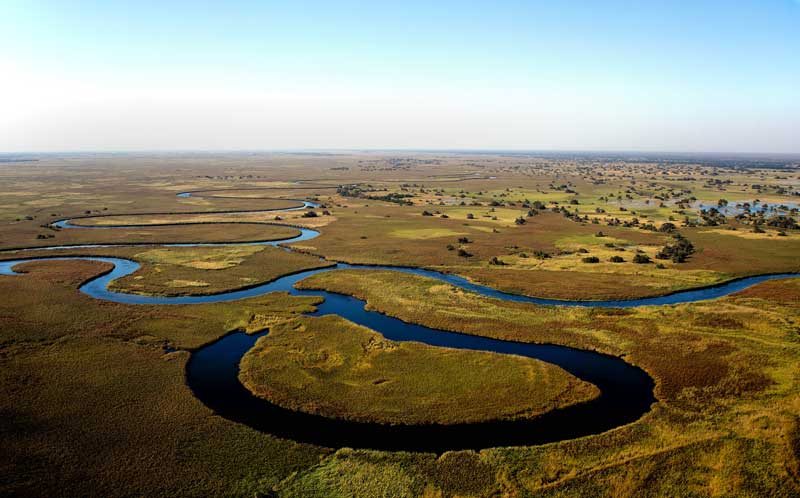
The big decisions will help guide the smaller decisions. [Photo by Wynand Uys on Unsplash]

